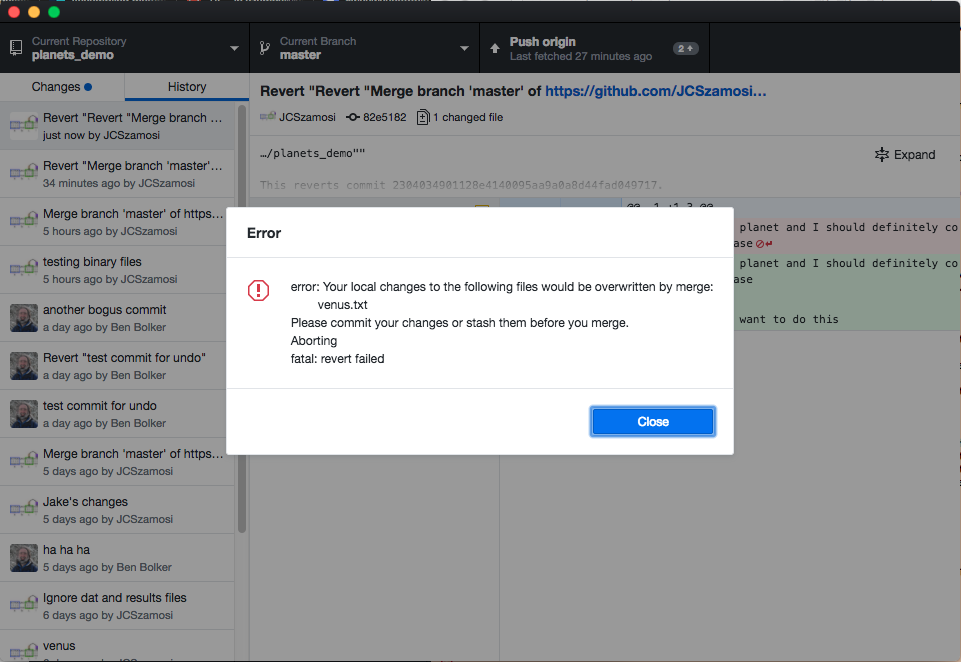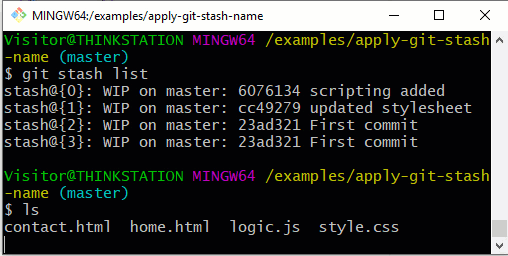


Stashing allows you to save, or “stash,” the changes you have made to a file for later. In other words, stashing lets you work on something else in a Git repository without having to discard or commit your existing code. This is because larger and more complex commits make it more difficult for other developers to read the history of a repository. You would not want your bug fix and feature to appear in the commit.
GIT STASH FILES CODE
You would want to fix the bug first, before committing the feature-focused code to the repository. This is because the bug report would likely take precedence over the feature you are developing. You may want to save the changes you made first toward the feature and then fix the bug.

You’re already working on implementing a feature. One scenario where this may happen is in fixing issues. Sometimes, when you are writing code, you will want to save the changes you have made, but not commit them to the repository. Stashing lets you save code in your working directory and index for later.
GIT STASH FILES HOW TO
In this tutorial, we’ll discuss, with examples, the basics of stashing in Git and how to use the git stash command. Stashing lets you save the code on your working branch for a later date. That’s where the git stash command comes in handy.

The parameters used in the command are for the name of the stash, `–` as a separator between the stash and file parameters, and `path/to/file` for specifying which file should be deleted. This command allows you to delete a specific file from your Git stash. `path/to/file` is the path to the file you want to delete.Īfter running this command, the specified file will be removed from the stash. `–` is used to separate the stash and file parameters. You can change the number to the appropriate stash index if you have more than one stash. In this command, is the name of the stash you want to delete the file from. To delete a file from your Git stash, you can use the `git stash drop` command followed by the name of the stash and the file you want to delete. After running this command successfully, it will remove specified files from their respective stashes. Finally, enter in `path/to/file`, which specifies where exactly on your system can be found what needs deleting. The double dash (–) separates parameters for both ‘stash’ and ‘path’. In this command, is the name of the stash you want to delete from if there are multiple stashes then change this number accordingly. This command allows you to specify the name of the stash and path of the file that needs deleting.
GIT STASH FILES SOFTWARE


 0 kommentar(er)
0 kommentar(er)
